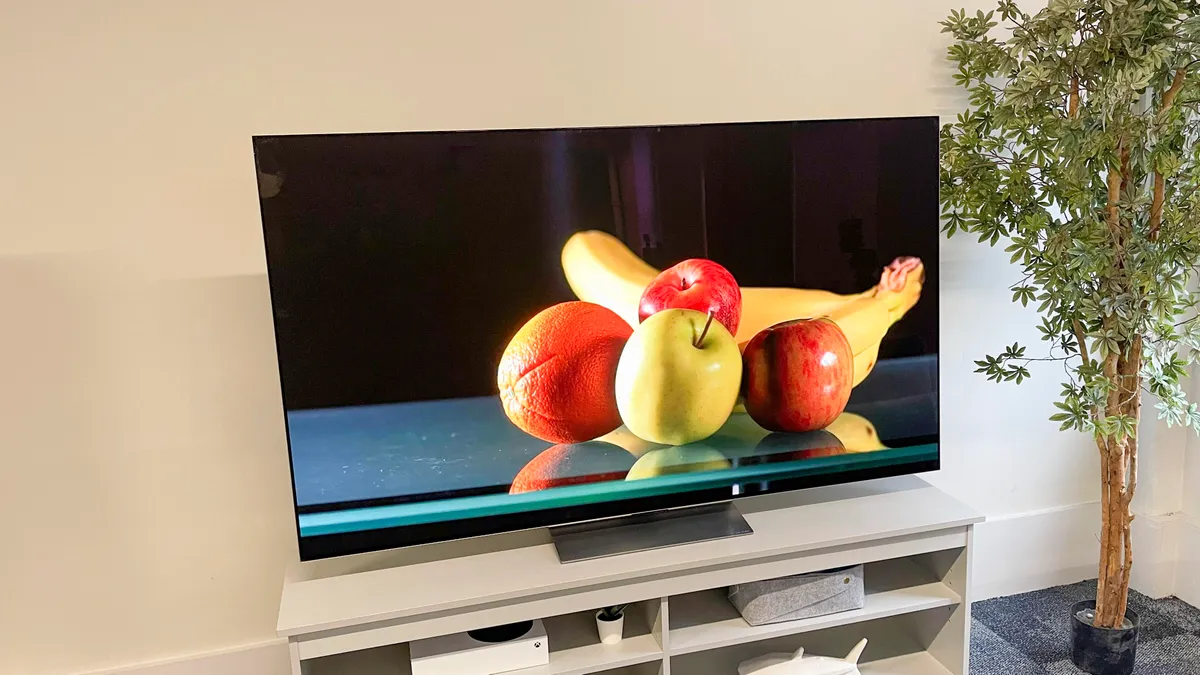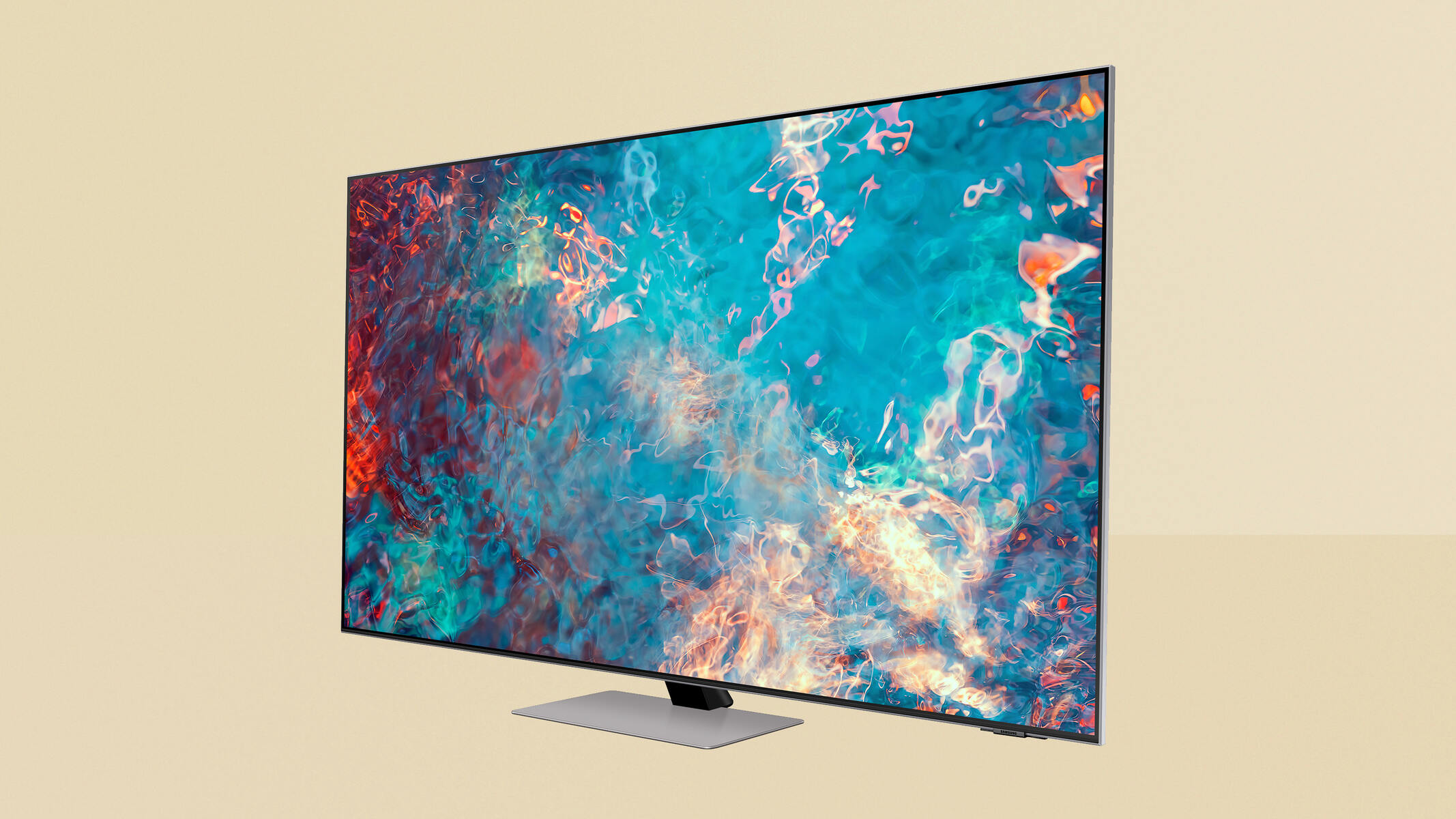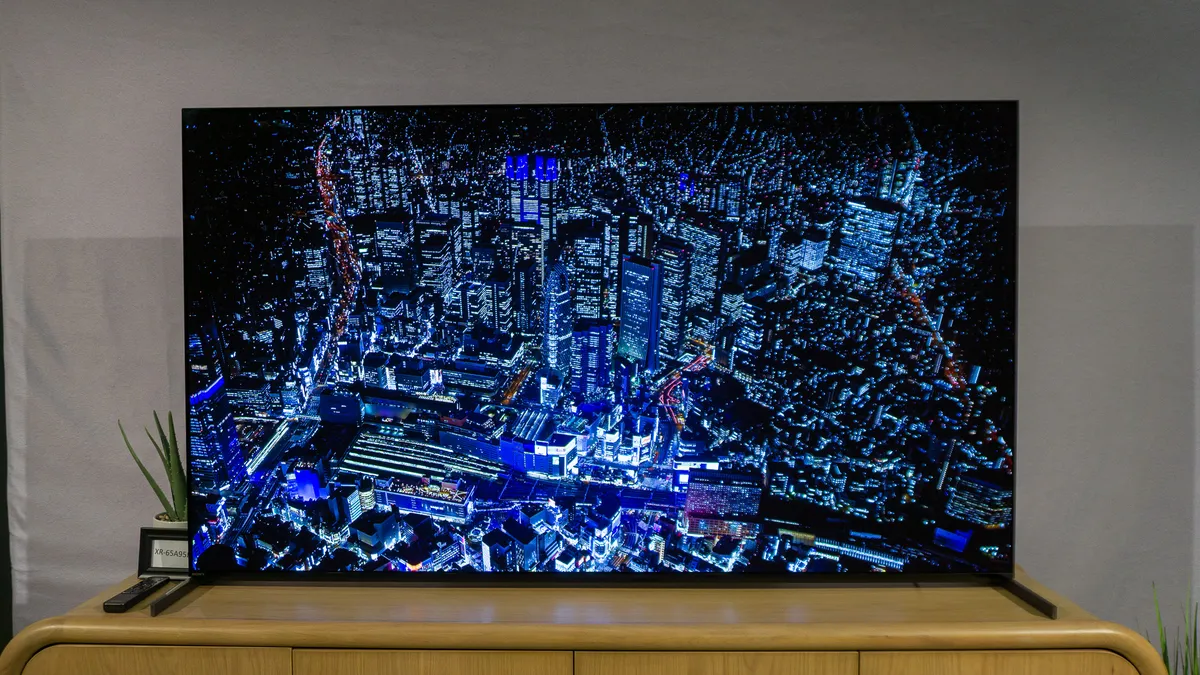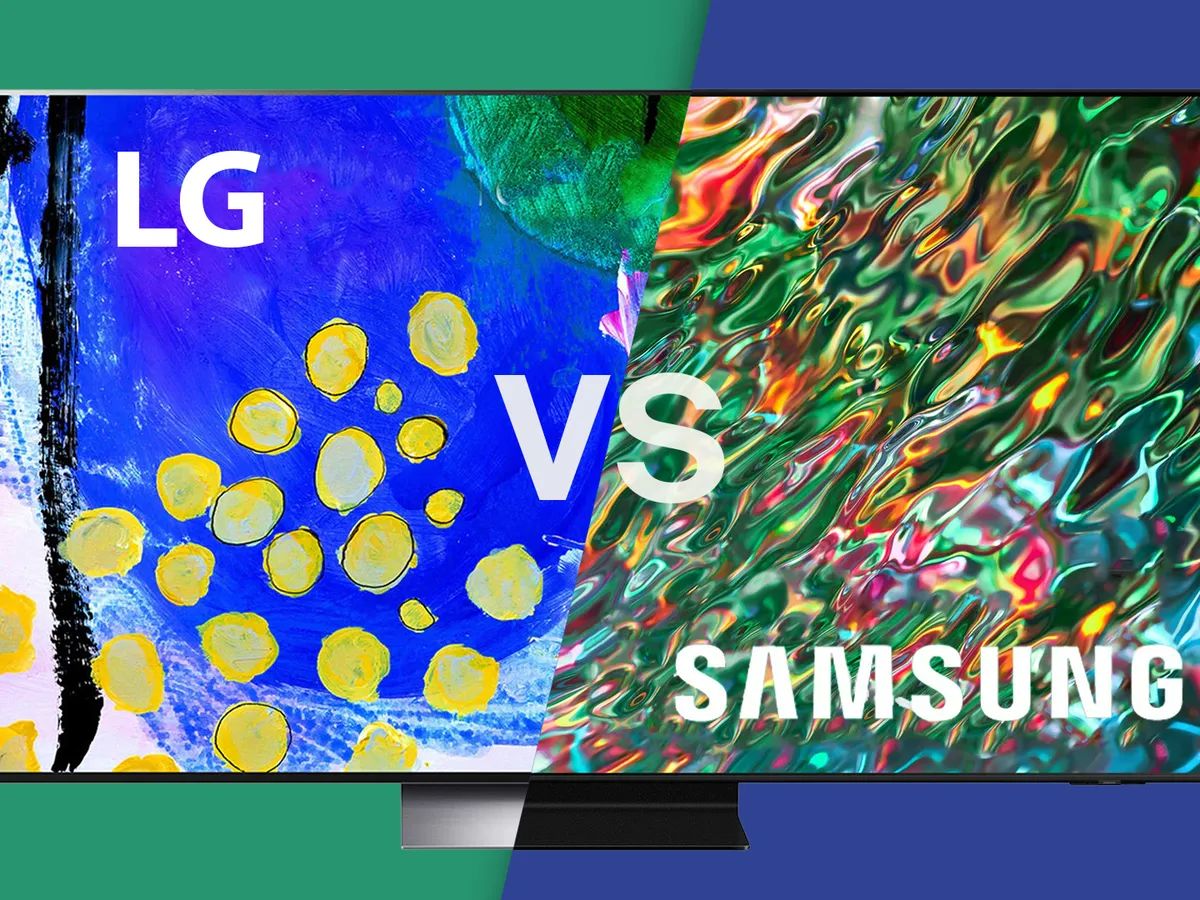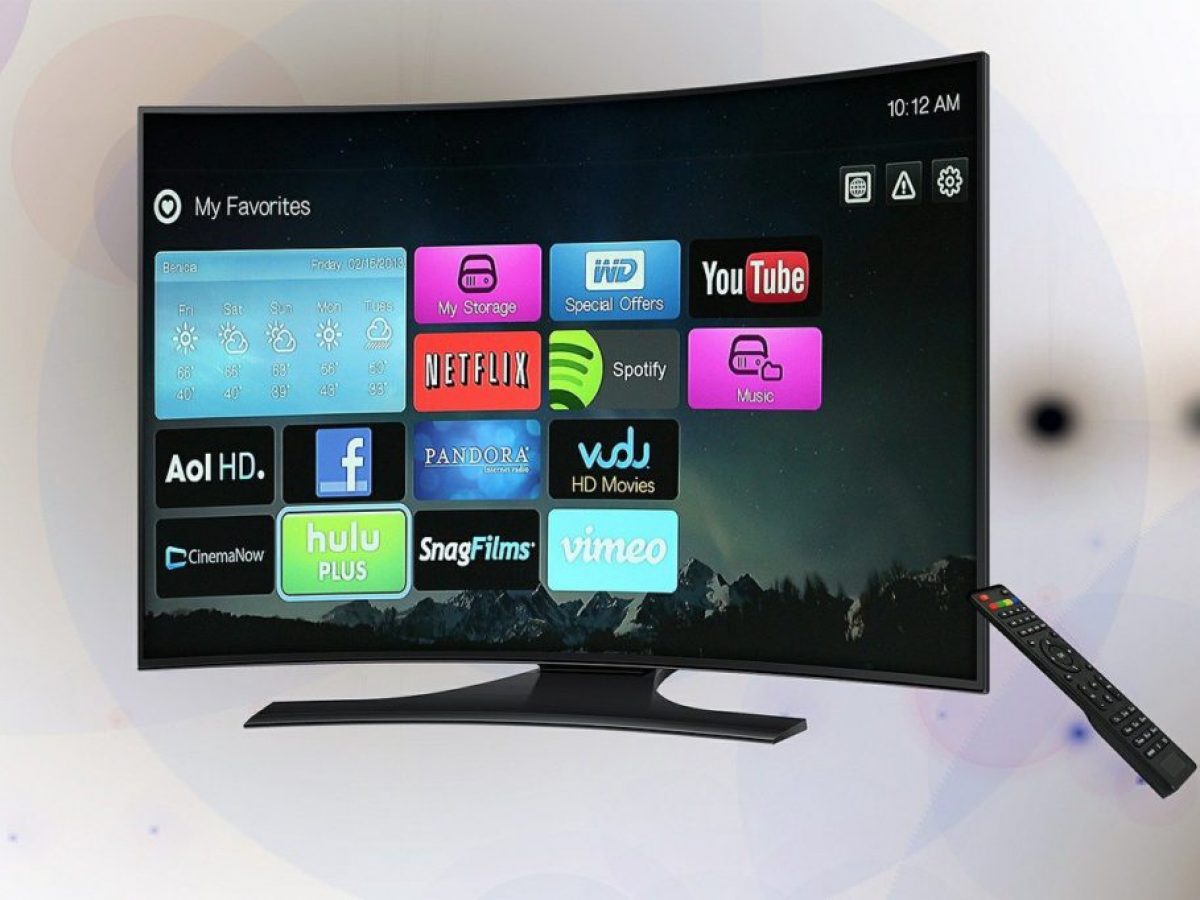Introduction
The television industry has witnessed significant advancements in display technology over the years. From bulky CRT televisions to slim LED screens, the race for better image quality and superior viewing experience has been relentless. One technology that has gained immense popularity in recent years is Organic Light Emitting Diode (OLED) technology.
OLED TVs utilize organic compounds that emit light when an electric current is applied. This results in vibrant colors, deep blacks, and excellent contrast ratios, making OLED TVs the preferred choice for many consumers. While several manufacturers have already released OLED TVs, one notable player that fans have been eagerly anticipating is Samsung.
Samsung, a leader in the consumer electronics industry, has long been known for its high-quality television sets. Their entry into the OLED TV market is highly anticipated, as it could bring about significant advancements and innovations. With their extensive experience in display technology, Samsung could potentially raise the bar and deliver a truly exceptional viewing experience with their OLED TVs.
In this article, we will explore the evolution of OLED technology and delve into Samsung’s likely entry into the OLED TV market. We will also discuss the potential benefits of Samsung OLED TVs, as well as the challenges they might face in their production and release. So, if you’re curious about when Samsung OLED TVs are coming out and what they have in store for consumers, read on to discover more.
The Evolution of OLED Technology
To understand the significance of Samsung’s entry into the OLED TV market, it’s important to take a look at the evolution of OLED technology. OLED displays have been around since the late 1980s, but it was only in the early 2000s that they started gaining attention as a potential replacement for traditional LCD screens.
One of the major advantages of OLED technology is its ability to produce individual pixels that emit their own light. Unlike LCD screens which require a backlight, OLED displays can achieve true blacks by simply turning off the pixels that need to display black, resulting in higher contrast ratios and more vibrant colors.
Over the years, OLED technology has improved significantly. The early OLED displays had issues with lifespan and image retention, leading to concerns about their long-term durability. However, advancements in materials and manufacturing processes have addressed these concerns to a large extent. Modern OLED displays have longer lifespans, reduced image retention, and improved overall reliability.
In recent years, OLED technology has become increasingly popular for both smartphones and TVs. The consumer demand for OLED displays has driven manufacturers to invest in research and development, leading to further improvements in performance and affordability. These advancements have made OLED TVs a viable option for consumers who seek superior picture quality and immersive viewing experiences.
Samsung has been at the forefront of display technology, and their entry into the OLED TV market is expected to further drive innovation and industry growth. With their extensive knowledge and expertise, Samsung is well-positioned to introduce cutting-edge features and advancements to deliver an unparalleled visual experience through their OLED TVs.
Samsung’s Entry into the OLED TV Market
Samsung, known for its wide range of consumer electronics, has been a leader in the TV industry for many years. While they have excelled in the production of LED TVs, their fans have eagerly awaited their entry into the OLED TV market. After years of anticipation, it appears that Samsung is finally ready to unveil its own line of OLED TVs.
Rumor has it that Samsung has been investing heavily in OLED technology research and development, aiming to create a standout product that will rival existing OLED TV offerings. By leveraging their expertise in display technology and manufacturing capabilities, Samsung is expected to deliver OLED TVs that meet the high standards they have set with their LED TVs.
One aspect that sets Samsung apart from other manufacturers is their commitment to innovation and pushing the boundaries of technology. Samsung’s OLED TVs are anticipated to incorporate groundbreaking features such as improved color reproduction, finer color gradation, faster refresh rates, and impressive viewing angles. These advancements will result in a more immersive and lifelike viewing experience for consumers.
Samsung is also likely to leverage its expertise in software and user interface design to provide a seamless and intuitive user experience. Smart TV functionalities, voice control, and seamless integration with other connected devices are expected to be key selling points of their OLED TVs. Additionally, Samsung’s extensive ecosystem of apps and content services will likely be available on their OLED TVs, further enhancing the overall entertainment experience.
While specific details about Samsung’s OLED TV lineup and models are yet to be released, anticipation is high among consumers and tech enthusiasts. Samsung’s track record of delivering high-quality products and their dedication to innovation make their entry into the OLED TV market an exciting prospect. It is clear that Samsung intends to make a bold statement with their OLED TVs and establish themselves as a force to be reckoned with in the OLED TV segment.
The Potential Benefits of Samsung OLED TVs
Samsung’s entry into the OLED TV market brings with it several potential benefits that consumers can look forward to. Here are some of the advantages that Samsung OLED TVs are expected to offer:
1. Superior Picture Quality: OLED technology allows for individually lit pixels, resulting in perfect blacks, vibrant colors, and exceptional contrast ratios. Samsung’s OLED TVs are likely to deliver an outstanding visual experience with accurate color reproduction, incredible detail, and an immersive viewing experience.
2. Thin and Stylish Design: OLED panels are inherently thin and flexible, allowing for sleek and stylish TV designs. Samsung is known for its attention to design aesthetics, and their OLED TVs are expected to feature slim profiles and minimalist designs that complement any living space.
3. Wide Viewing Angles: Unlike LCD displays, OLED screens offer wide viewing angles, ensuring consistent picture quality from any position in the room. Samsung’s OLED TVs are likely to provide an expansive viewing experience, allowing everyone in the room to enjoy an optimal picture without any distortions or loss of color fidelity.
4. High Refresh Rates: Faster refresh rates enable smoother motion handling, making OLED TVs ideal for gaming and fast-paced sports content. Samsung’s OLED TVs are anticipated to offer high refresh rates, reducing motion blur and ensuring a seamless viewing experience even during action-packed scenes.
5. Smart TV Features and Connectivity: Samsung is known for its robust smart TV features and intuitive user interfaces. With their OLED TVs, Samsung is expected to deliver seamless connectivity options, integrated streaming services, voice control capabilities, and compatibility with other smart home devices, enhancing convenience and entertainment possibilities.
6. Energy Efficiency: OLED technology is known for its energy-efficient properties. Samsung’s OLED TVs are likely to be designed to consume less power compared to traditional LCD TVs, resulting in reduced energy bills and a more environmentally friendly choice.
Overall, Samsung’s OLED TVs are expected to provide a compelling package of exceptional picture quality, innovative design, advanced features, and seamless connectivity. As OLED technology continues to mature, Samsung’s entry into the OLED TV market is sure to elevate the viewing experience for consumers and set new standards in the industry.
Challenges in the Production of Samsung OLED TVs
While Samsung’s entry into the OLED TV market is highly anticipated, there are several challenges that the company may face in the production of their OLED TVs. These challenges include:
1. Manufacturing Yield: OLED displays are complex to manufacture, and achieving high manufacturing yields can be challenging. Even a minor defect in a single pixel can render the entire display unusable. Samsung will need to ensure a high yield rate to meet the demand for their OLED TVs while maintaining the quality standards they are known for.
2. Cost of Production: The production costs associated with OLED displays are generally higher compared to LCD displays. Furthermore, setting up manufacturing facilities for OLED panels requires significant investments. Samsung will need to balance the production costs to ensure that their OLED TVs are priced competitively in the market.
3. Lifespan and Burn-in Risks: While advancements have been made to improve the lifespan and reduce image retention issues in OLED displays, these concerns still exist to some extent. Samsung will need to address these challenges to provide consumers with OLED TVs that offer long-term reliability and minimize the risk of burn-in.
4. Supply Chain Management: OLED panels require specific materials and technologies that may not be readily available or easily sourced. Samsung will need to effectively manage their supply chain to ensure a consistent and reliable supply of quality OLED panels for their TVs.
5. Competition from Established Brands: Samsung is entering a competitive market where other manufacturers have already established their presence with OLED TVs. They will need to differentiate their offerings by providing unique features, superior image quality, and attractive pricing to compete effectively against established brands.
Successfully navigating these challenges will be crucial for Samsung to make a mark in the OLED TV market. However, given Samsung’s experience and resources, it is expected that they will overcome these hurdles and deliver OLED TVs that meet the high standards set by consumers and industry expectations.
Release Date and Pricing
Samsung has been tight-lipped about the exact release date of their OLED TVs. However, industry insiders speculate that Samsung will unveil their OLED TV lineup in the near future, as the company has been investing heavily in OLED technology research and development. Fans and consumers eager to get their hands on the latest Samsung OLED TVs should keep an eye on official announcements from the company for release dates.
As for the pricing of Samsung OLED TVs, it is widely expected that they will be positioned as premium offerings. OLED technology is known for its superior picture quality but comes at a higher cost compared to LCD technology. Additionally, Samsung’s reputation as a high-end brand in the TV market suggests that their OLED TVs will be priced accordingly.
However, the exact pricing details for Samsung OLED TVs are yet to be confirmed. It is worth noting that prices can vary based on the screen size, panel quality, and additional features offered. Samsung may introduce multiple models in different price ranges to cater to a wider range of consumers.
While OLED TVs have traditionally been more expensive than their LCD counterparts, increased competition and advancements in manufacturing processes have helped drive down costs. Samsung’s entry into the OLED TV market is expected to further energize the competition and potentially result in more competitive pricing for OLED TVs across the industry.
To get the most accurate and up-to-date information on the release date and pricing of Samsung OLED TVs, consumers are advised to visit Samsung’s official website or reach out to authorized retailers for the latest updates. As with any new product launch, it is always wise to compare prices and specifications before making a purchase to ensure the best value for money.
Conclusion
Samsung’s entry into the OLED TV market is an exciting development for both technology enthusiasts and consumers seeking the ultimate viewing experience. With their extensive experience in display technology and their commitment to innovation, Samsung has the potential to make a significant impact and set new standards in the OLED TV segment.
The evolution of OLED technology has paved the way for TVs that offer stunning picture quality, vibrant colors, and exceptional contrast ratios. Samsung’s OLED TVs are expected to deliver these benefits and more, incorporating advanced features, sleek designs, and seamless connectivity options.
However, there are challenges that Samsung will need to overcome, including manufacturing yield rates, production costs, and addressing lifespan and burn-in concerns. The competition from other established brands in the OLED TV market is another factor that Samsung will need to navigate effectively.
As for release dates and pricing, Samsung has yet to provide official information. Consumers eagerly awaiting Samsung’s OLED TVs are encouraged to stay updated through official announcements and authorized retailers for the latest information.
In conclusion, Samsung’s entry into the OLED TV market is highly anticipated, and their OLED TVs have the potential to provide an exceptional visual experience. With their expertise in display technology and a track record of delivering high-quality products, Samsung is well-positioned to make a significant impact and deliver OLED TVs that meet or exceed consumer expectations. It’s an exciting time for TV enthusiasts as they wait to experience the next level of picture quality and immersion with Samsung OLED TVs.










